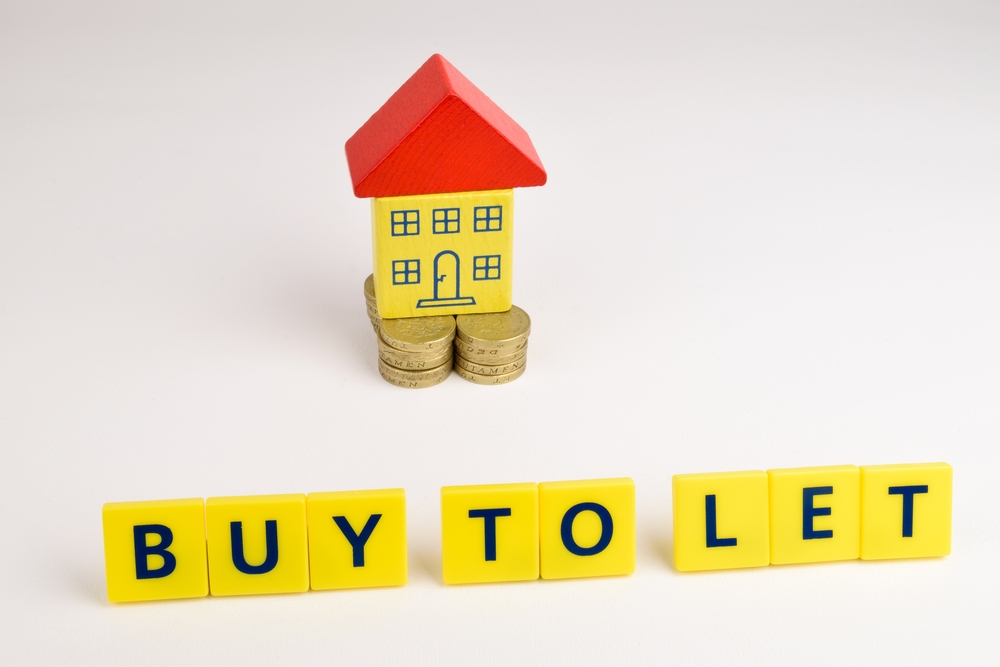Since 2016, there have been several changes to the property market across the United Kingdom – predominantly to the lettings sector. Despite these alterations to taxation, stamp duty and bureaucracy around rental properties, most buy-to-let investors are still finding the market to be lucrative, with stable returns.
With a number of landlords departing the market when initial government changes took place in 2016, competition in the marketplace is greatly reduced and the professionalism of the sector has blossomed.

Chris Baguley, Commercial Director at buy-to-let lender Together, said: “As casual owners exit the sector, buy-to-let is becoming ever more professionalised, as individuals and companies adopt a more rigorous approach to acquiring the right properties in the right areas, and getting them ready to rent within a limited time frame on a tight budget. Perhaps most notably in the housing sector, the balance of today, there is therefore notably less competition than there was before.
“Even if we don’t see the capital growth which has been evident over the past two decades, the income available from property investment can still be attractive compared to other asset classes.”
With rental incomes increasing – the Office of National Statistics announced this month that private rents rose 1.3% on an annual basis in May, increasing once more from April – the opportunities for buy-to-let investors are evident. Additionally, financing your properties has become easier with specific buy-to-let mortgages now offered by a plethora of lenders, who are fiercely competing with one another to keep their market share, providing investors with an opportunity to obtain extremely attractive rates.
A recent survey of more than 5,000 investors found that almost three-quarters of those surveyed considered buy-to-let to be the best, least volatile long-term investment. Indeed, some 83% of buy-to-let investors who were questioned stated that it was either unlikely or very unlikely that they would sell their property over the next year, with almost 60% going on to state that they had no intentions of selling for the next five years.
If you would like to discuss your rental investment options, then please feel free to contact us and we can advise you of the best local areas to invest your money in, as well as which property types and audiences are likely to provide you with the best possible rental yield.